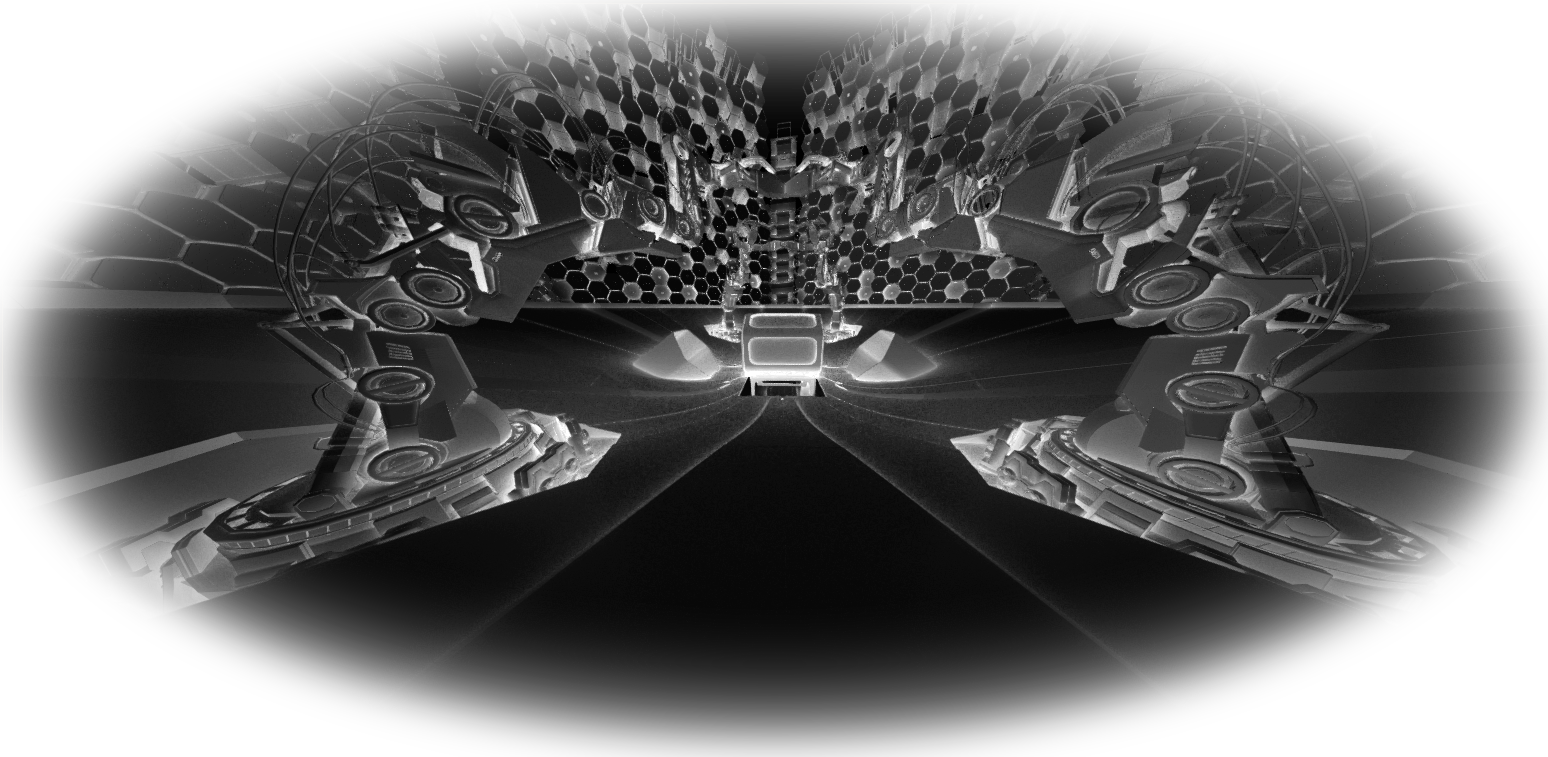NO MAN’S LAND
This project is based on a fictional context to speculate what would happen if we are over-populated in the future. The initial thinking behind this project is an exploration of the imbalance of living space and the possibility of its redistribution. In Tokyo, Hong Kong and densely populated urban areas of China such as Tiantongyuan, residents have to endure daily overcrowding and struggle to survive against the increasingly involution society. As a former transient resident of Tiantongyuan, we have lived and see the situation back in 2017.
The city will be devided into haxagonal modules, each holds different functions, such as residency, production, entertainment, etc. Resident and their shelter will be symbiotic anytime, anywhere. Food and energy will be allocated via central AI system and provided by drones and tubes fused with main modular shelf structures. Transportation will be fulfilled by underground rails that expand across the city.
The city will be devided into haxagonal modules, each holds different functions, such as residency, production, entertainment, etc. Resident and their shelter will be symbiotic anytime, anywhere. Food and energy will be allocated via central AI system and provided by drones and tubes fused with main modular shelf structures. Transportation will be fulfilled by underground rails that expand across the city.
Graduation Project
2020
DESIGN & GRAPHIC COLLABORATION: Yiheng Gu
2020
DESIGN & GRAPHIC COLLABORATION: Yiheng Gu
Background
In the 1990s, during the early years of reformation and opening up, the world demand for China's manufacturing industries increased dramatically, and a productivity shortage occurred in China despite its population scale. Due to a misjudgement of the situation, government departments ended the "One child" birth plan prematurely. They began to encourage procreation in the hope of increasing the workforce to resolve the productivity shortage.
The policy led to disproportionate growth of population, and this eventually led to an outbreak of social conflicts, further class polarisation and a continuing widening of the gap between rich and poor. The cities are extremely saturated with people. Property prices are soaring, and citizens can no longer afford a room to shelter themselves at night.
The situation continued until 2003, when a highly contagious virus, known as SARS, stroked as the last straw to crush a camel. The pandemic began to tear apart this already collapsing society, leaving the government with no time to manage the situation. In order to cope with the outbreak of conflicts and to control the spread of the virus, the government came up with a bold solution-- the "Project Graphene", which is consisted of a new layout of the city and unified residence. The space is legally owned only by the resident, who is registered in his or her name, and no one else has the right to occupy it or can occupy it; it also requires the resident to spend his or her entire life, living, working and entertaining within this assigned space.
The plan aims to guarantee the right of everyone to equally own the same amount of space in an extremely overcrowded city while separate living spaces are compulsory to maintain social distance and stop the spread of the SARS. The reorganisation starts from infrastructure, transportation and architecture, and the construction plan is due to be completed within ten years. As the world's factory, China's well-established industrial chain and rapid manufacturing and infrastructural capacity, as well as its special political status as a socialist government, made the implementation of this seemingly insane plan quick and silent.












